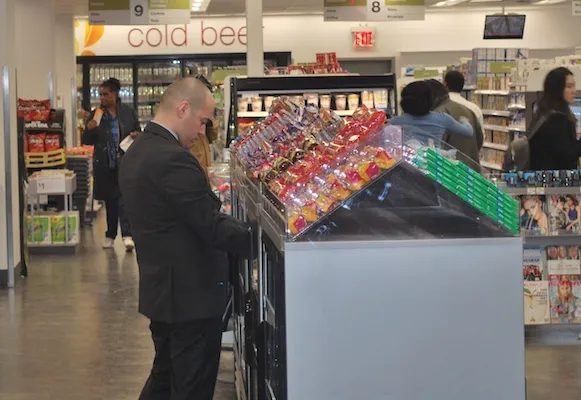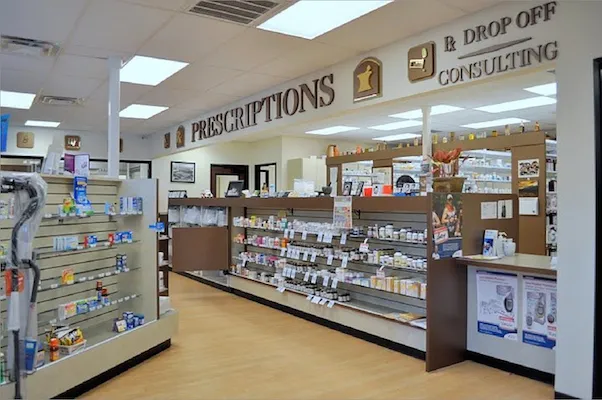
A CVS-Aetna merger or not, Walgreens Boots Alliance is zeroed in and making headway on its strategic game plan, according to Jefferies analyst Brian Tanquilut.
Following a visit to WBA’s headquarters in Deerfield, Ill., last week by the Jefferies team, Tanquilut reported that the CVS deal didn’t “prompt a kneejerk reaction,” and WBA executives remain focused on enhancing the store experience, optimizing store space, evolving its health care offering and bolstering its own brands.
“Management is focused on future strategic direction, but the CVS-Aetna deal doesn’t change anything,” he wrote in a research note. “While WBA noted a heightened sense of focus in plotting the company’s future strategic moves to play both offense and defense, it noted that the recently announced Aetna-CVS deal does not prompt reactive or emotional moves on its part. Management noted that the combination of Aetna and CVS makes its independent model a differentiating factor with other large health plans (especially with Anthem, where it is currently underexposed).”
On the health care side, WBA has partnered with local health systems to operate its Healthcare clinics (staffed by doctors) and has teamed with UnitedHealth in pilots for urgent care facilities and with LabCorp for in-store lab testing services, “suggest greater/deeper medical capabilities than CVS’ planned strategy,” according to Tanquilut.
“While CVS-Aetna have outlined their long-term vision of transforming CVS stores into health care hubs, WBA noted that it is already in the process of rolling out similar — and even more comprehensive, in some cases — services outlined by CVS,” he stated.
Leading the way inside the stores is Walgreens’ “beauty differentiation” strategy, which Tanquilut wrote “remains a priority and key to driving growth.” The concept is now in roughly 2,800 stores, and the company thinks it will boost beauty, health and wellness to more than half of front-end sales, from about 40% currently.
“Combining this with a push to expand the penetration of higher-margin owned brands (currently at 20% versus Boots’ average of mid-30%), WBA expects U.S. retail store performance to improve going forward,” Tanquilut observed, adding that own brands like No. 7, Soap & Glory and Botanics have also been rolled out to other retailers in the U.S. market, such as Ulta. “Comments from both WBA and Ulta suggest early success with these brands,” he wrote. “Management noted that these initiatives are starting to yield gains.”
Concurrently, WBA is sharpening the financial performance of its stores. Tanquilut said that includes fewer new store openings, closure of underperforming stores, shrinking average store square footage for traditional front-end retail (now about 85%), reducing SKUs (already down 20%) and giving more space to higher-margin own brands. “WBA is re-engineering its store strategy to drive better returns,” he explained.
The front-end effort also includes repurposing retail space for services such as lab testing, clinical and FedEx drop-off and pickup. Tanquilut is particularly bullish on the Fedex service, now in 7,500 Walgreens stores.
“The FedEx relationship opens the door for WBA to leverage the high frequency of FedEx truck stops at WBA stores to use that service provider for ‘last mile’ delivery at a lower cost than what other retailers (online or otherwise) would incur,” he explained. “The FedEx relationship should also enable WBA to provide the convenience of same-day or next-day Rx deliveries.”
WBA, too, made a key point regarding a potential pharmacy market entry by Amazon. “Management noted that one-third of all scripts are ‘acute’ and are unlikely to shift to a non-store pharmacy,” he wrote in his report. “Most of the remaining two-thirds of scripts are dispensed to seniors, who typically prefer personal interactions with in-store pharmacists.”









